Chenzhou has two new provincial youth nature education green campsites
2024-02-10
Recently, Hunan Jiulong River National Forest Park and Hunan Qiyun Peak National Forest Park in Chenzhou City made the list of Hunan’s youth nature education green campsites in 2023.
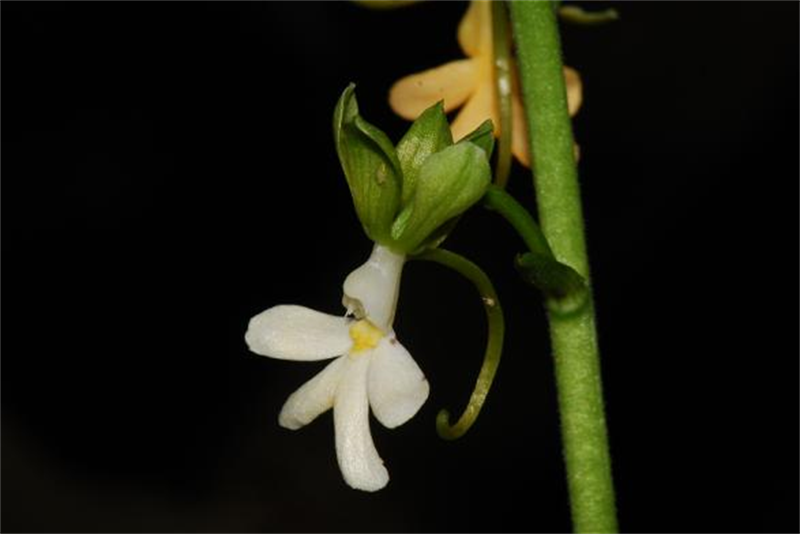
Hunan Jiulong River National Forest Park is located in the southeast of Rucheng County, at the junction of Hunan, Guangdong and Jiangxi provinces, with a total area of 8,436.3 hectares.
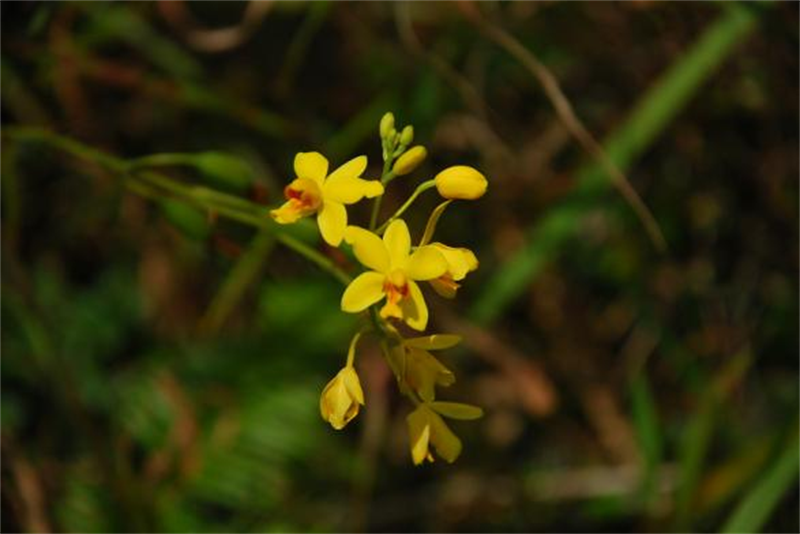
The content of negative oxygen ions in the air of the core scenic area can reach 130,000 per cubic centimeter, with an annual average temperature of 16.4 degrees Celsius. 97.4% of the park are covered with forests. It boasts well-preserved original secondary forest communities and low-altitude gully broad-leaved forest in the Nanling Mountains.
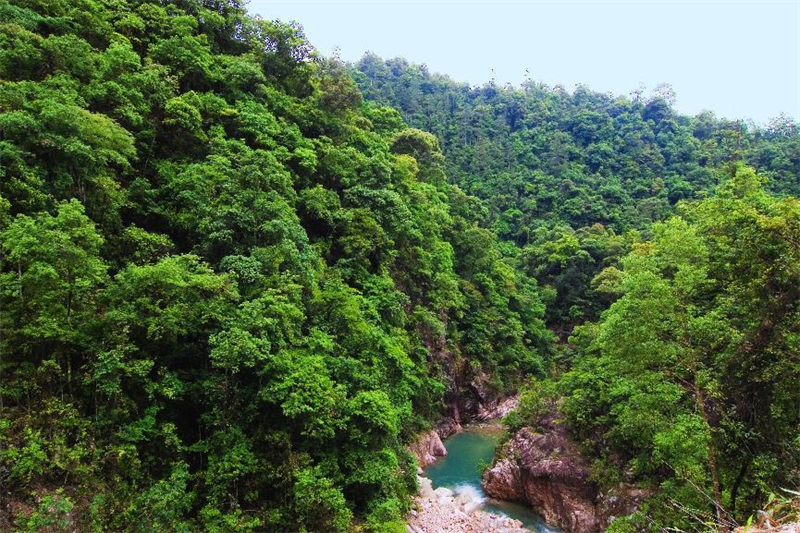
It’s a typical primitive ecological area with well-preserved species resources and genetic genes in South China. It’s a huge biological treasure house and a natural oxygen bar. It’s known as the “Plant Kingdom of Nanling Mountains” and the “No.1 Oxygen Bar in South China”.
The park has more than 28 scenic spots, integrating unique mountains, secluded valleys, deep forests, unique rocks, and clear springs.
In particular, the Qinglong Gorge Waterfall Group, natural stone mortars, sea of clouds over three rivers, a divine turtle roaring at the sky, and Jiulong Hot Spring in the park are rare and unique natural landscapes in China.
The scenic area is home to the Jiulong Yao Village for hundreds of years. For generations, farming has been the way of life, and the ancient folk customs are unique.
The houses, clothing, songs, dances, wedding customs, festivals and others have distinctive local characteristics.
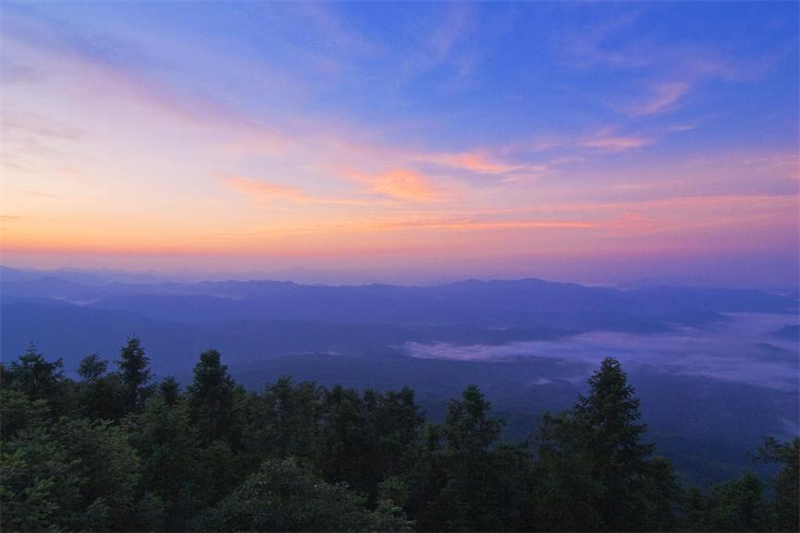
The ancient post roads, artillery towers, pavilions, temple ruins, etc. in the park have attracted many tourists nationwide.
Here you can also appreciate rich astronomical landscapes, including sunrise, sea of clouds and snow scenery.
Qiyun Peak National Forest Park is located in Guidong County, and the mountain area of the intersection of the Nanling Mountains and Luoxiao Mountains.
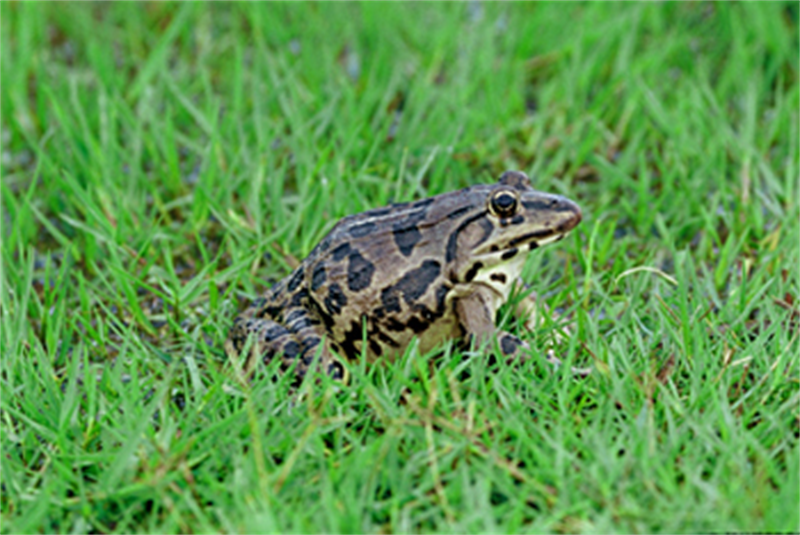
It’s warm in winter and cool in summer, with an annual average temperature of 15.4 degrees Celsius and the summer average temperature of 23.6 degrees Celsius. With lush forest, the average content of negative ions per cubic centimeter at several measuring points reaches 46,000, with the maximum of 150,000, making it the county with the highest content of negative oxygen ions.
It’s known as a natural air conditioner and oxygen bar, and an ideal place for summer vacation and wellness.
It has abundant animal and plant resources, with 764 species of seed plants in 131 families, accounting for about 15.72% of the total number of seed plants in Hunan. There are 2 species of national first-class protected wild plants, including taxus mairei and ginkgo, and 28 species of national second-class protected wild plants.
There are 158 species of terrestrial vertebrates, belonging to 4 classes, 27 orders and 69 families. There are 3 species of national first-class protected wild animals, namely pangolins, yellow bellied tragopans, and white-necked long-tailed pheasant. There are 18 species of national second-class protected wild animals, including tiger frogs, Accipiter soloensis, and red deer.
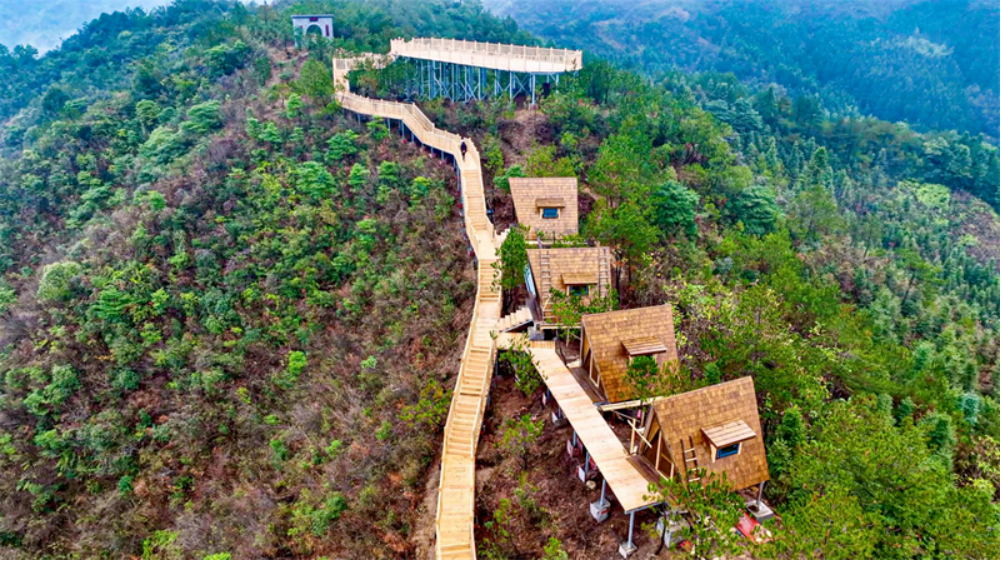
Located on the border of Hunan and Jiangxi provinces, it has unique local Hakka culture and folk customs, including China’s Valentine’s Day, Burning Incense Dragon Dance and Sparrow Festival.
In the park, there are historical cultural landscapes such as Wenfeng Tower, Santaishan Temple and Lianxi Academy Site, as well as modern cultural landscapes like botanical garden, science popularization hall and martyrs cemetery.
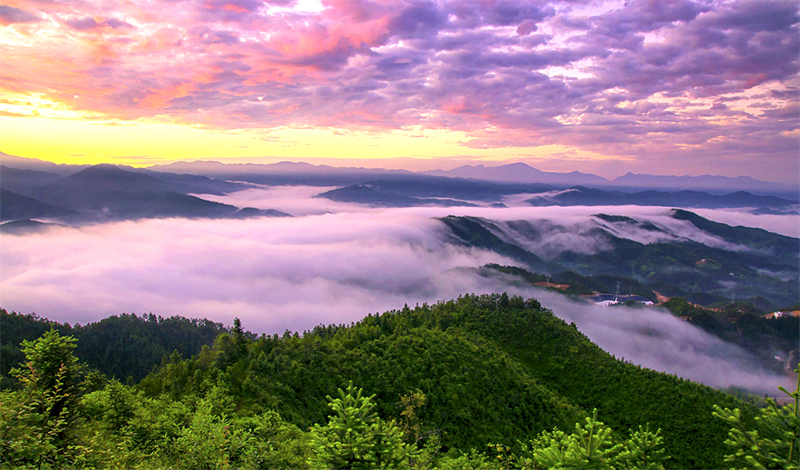
At the same time, the park connects education sites such as Shazhou Village, Shatian Town and Qingzhu Village, creating natural education bases through deep integration of Red and green resources.
Here you can also appreciate magnificent astronomical views, including sunrise, sea of clouds and snow scenery.




